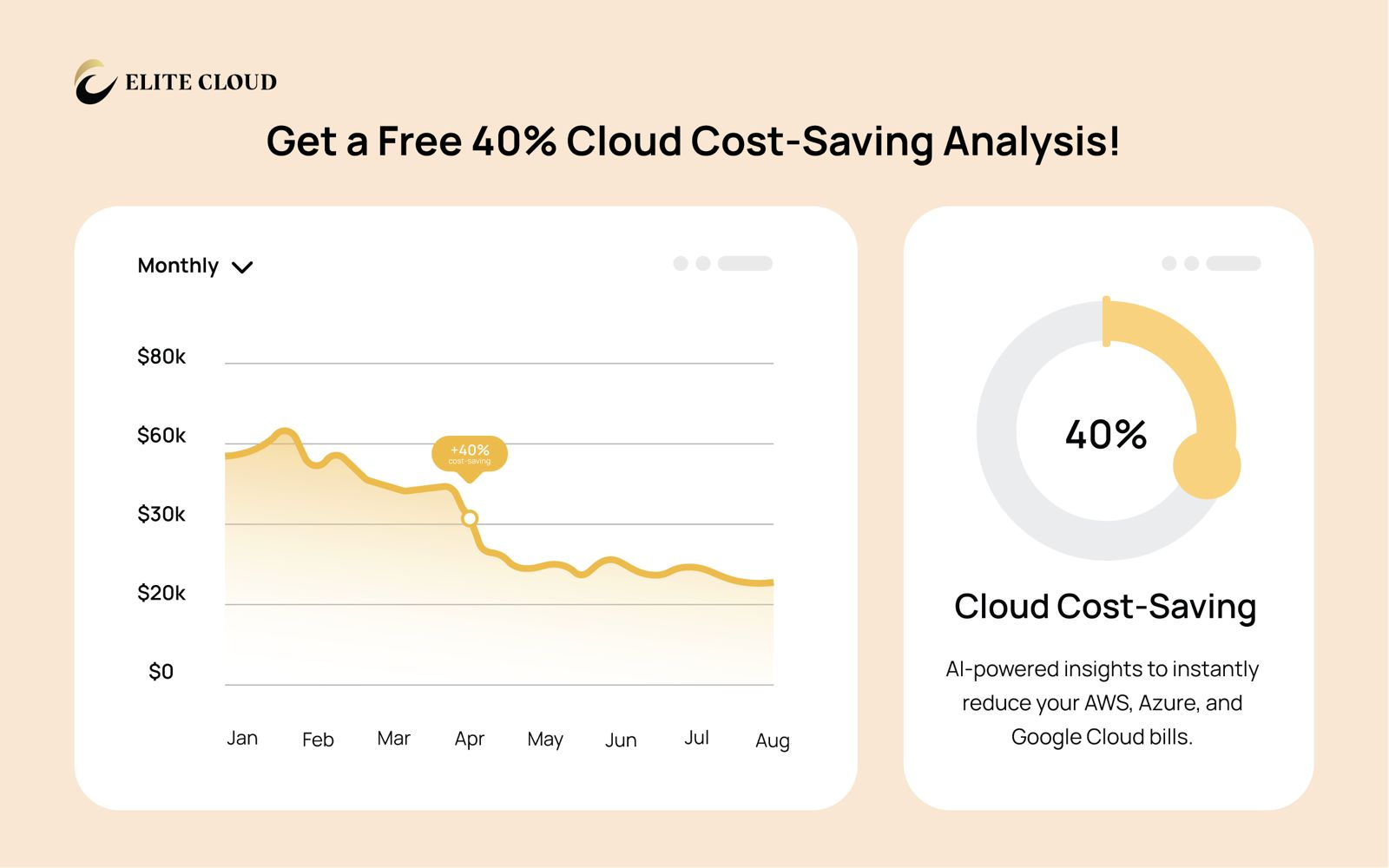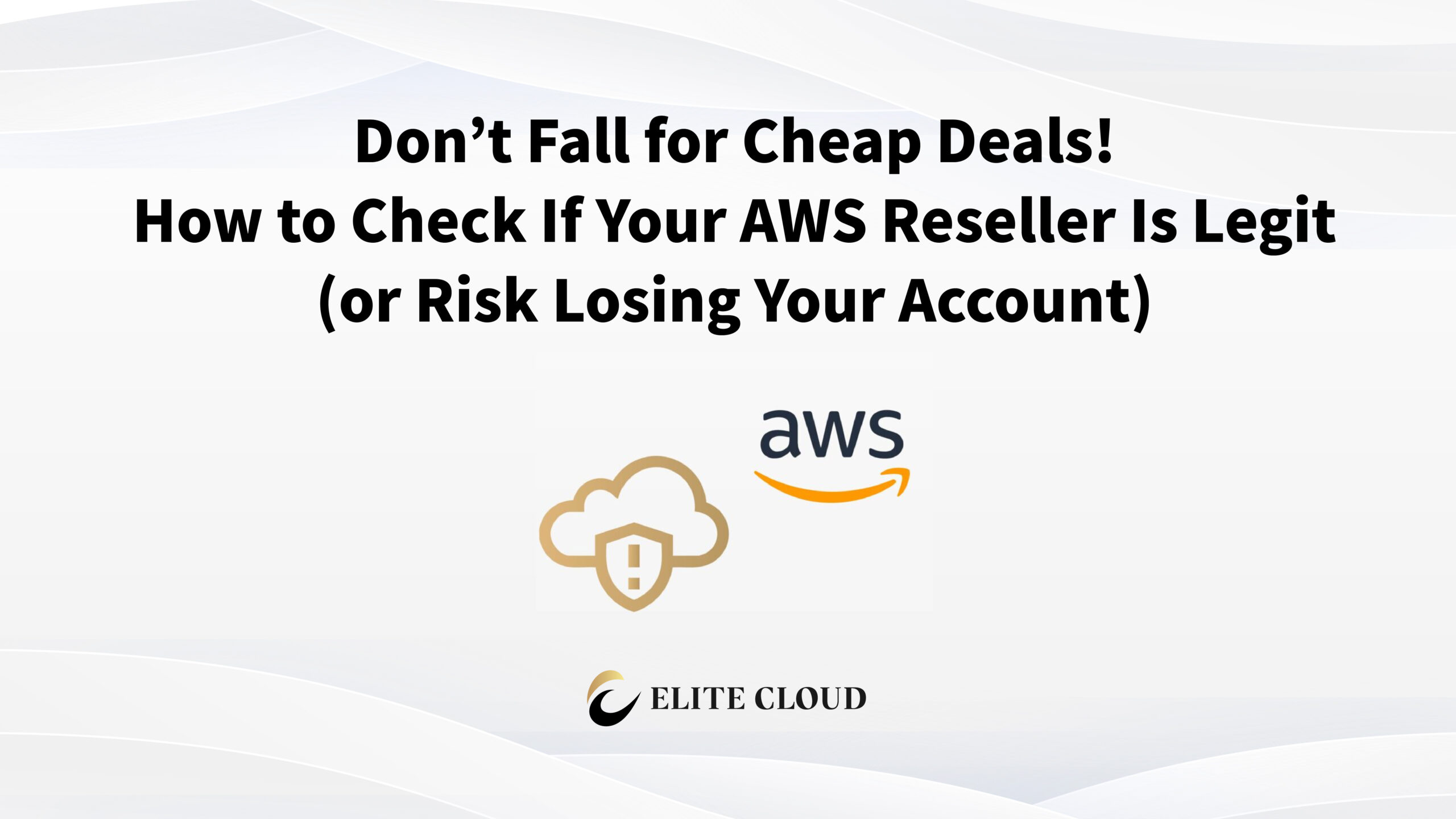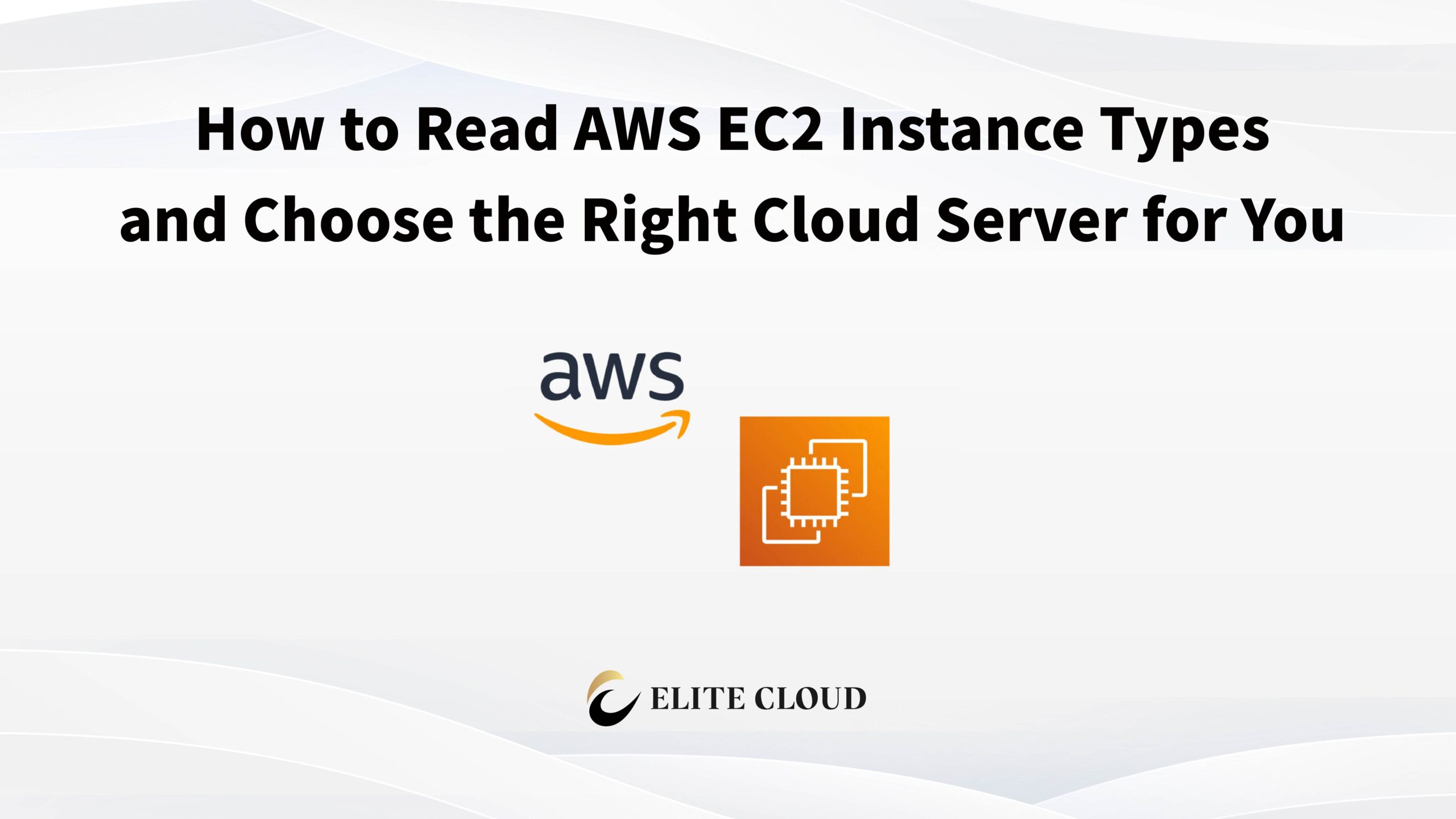This article breaks down Amazon CloudFront pricing, explores different billing models, and shares practical cost-saving strategies — helping you maximize performance while keeping your cloud spending under control.
Want to learn more about how CDN works? Check out: What Is a CDN? How to Choose the Right CDN Provider for Your Business
1. Amazon CloudFront Pricing Overview
Amazon CloudFront uses a Pay-as-You-Go model, meaning you’re charged based on actual usage — data transfer and request volume.
There are no monthly commitments or long-term contracts; you only pay for what you use.
Main Cost Components:
| Cost Item | Description | Typical Price Range |
|---|---|---|
| Data Transfer Out | Delivering data from CloudFront edge locations to end users | About USD $0.02–$0.11 per GB |
| Cache Fill | Fetching data from the origin when the edge cache is missed | About USD $0.01–$0.04 per GB |
| Requests (HTTP/HTTPS) | Charges for each request made by users | About $0.0075 per 10,000 requests |
2. Choosing the Best Pricing Option by Region
CloudFront pricing varies by geographical region. Selecting the right region can help you minimize delivery costs while maintaining performance.
| Region | Data Transfer Out | Cache Fill |
|---|---|---|
| North America & Europe | ~USD $0.085 per GB | ~USD $0.01 per GB |
| Asia Pacific (including Taiwan) | ~USD $0.02 per GB | ~USD $0.02 per GB |
| South America & Africa | ~USD $0.11 per GB | ~USD $0.04 per GB |
| Cross-region data transfer | ~USD $0.04 per GB | ~USD $0.04 per GB |
Tip: If most of your users are based in the Asia-Pacific region, selecting edge nodes in this area will effectively reduce costs.
For full official pricing, visit: Amazon CloudFront Pricing
3. CloudFront Billing Models
Amazon CloudFront offers two main billing models depending on your usage pattern:
- Pay-as-You-Go:
- Ideal for unpredictable or variable workloads.
- Pay only for actual usage — no upfront or long-term commitment.
- Highly flexible, perfect for startups or short-term projects.
- Committed Usage Plan:
- Designed for steady and predictable traffic.
- Commit to a certain amount of data transfer or request volume in advance to get up to 57% discount.
- Best suited for long-running websites and applications with consistent demand.
If your traffic is stable, a Committed Usage Plan can significantly reduce your overall CloudFront cost.
4. How to Optimize Amazon CloudFront Costs
To make the most of CloudFront and control expenses, follow these proven optimization strategies:
(1) Increase Cache Hit Ratio
Boosting your cache hit rate is the most effective way to lower costs. When content is cached at edge locations, future requests are served directly from there — reducing both data transfer and origin fetch charges.
- Tip: Configure proper cache expiration (TTL) so that frequently accessed assets stay longer at edge nodes.
2. Compress and Optimize File Formats
Data compression reduces file size per request and cuts down data-out costs.
For heavy assets like images or videos, this can bring significant savings.
- Tip: Use modern formats such as WebP for images and AVIF for videos — they deliver high quality with smaller file sizes.
(3) Select the Right Price Class
CloudFront provides three Price Classes to balance cost and performance:
- Price Class 100 uses only low-cost regions such as North America, Europe, and Israel, making it ideal for reducing expenses.
- Price Class 200 includes medium-cost regions but excludes South America and Australia.
- Price Class All covers all available regions worldwide, offering the widest coverage but also the highest cost.
Tip: For most businesses, Price Class 100 provides the best cost-efficiency, especially if your users are mainly in low-cost regions.
(4) Take Advantage of the Free Tier
AWS includes a generous free tier — perfect for testing, small projects, or early-stage startups.
- Free tire includes: 1 TB of data transfer out per month; 10 million HTTP/HTTPS requests; 2 million Lambda@Edge requests.
(5) Monitor and Adjust Usage
Use AWS Cost Explorer and AWS CloudWatch to track usage and detect anomalies. Regular monitoring helps you identify spikes or inefficient usage patterns — allowing quick adjustments to avoid cost overruns.
5. Is Amazon CloudFront Worth It?
| Evaluation Criteria | CloudFront Performance |
|---|---|
| Performance | CloudFront operates with over 600 global edge locations, delivering consistently low latency and strong worldwide performance. |
| Pricing Flexibility | No commitments and fully pay-as-you-go billing, offering high flexibility for varying workloads. |
| Integration Capabilities | Native integration with core AWS services including AWS WAF, Amazon S3, EC2, ALB, and Lambda@Edge. |
| Cost Management | Multiple cost-optimization mechanisms and built-in monitoring tools to help manage and reduce CloudFront expenses. |
For global websites, e-commerce platforms, video streaming, or API providers, CloudFront is a reliable and scalable CDN solution.
With proper caching strategies and pricing model selection, you can enhance performance while optimizing cloud expenses.
6. Conclusion
Amazon CloudFront is a powerful global CDN that boosts website performance and delivers cost efficiency at scale.
By understanding its pricing model, selecting the right billing option, and following optimization best practices, you can maximize speed and reliability — without overspending.
If you’d like to further optimize your CloudFront usage or reduce overall AWS costs, contact Elite Cloud today.
Our team of certified AWS experts will tailor a cost-optimization strategy for your specific workloads — ensuring faster performance and smarter spending.




